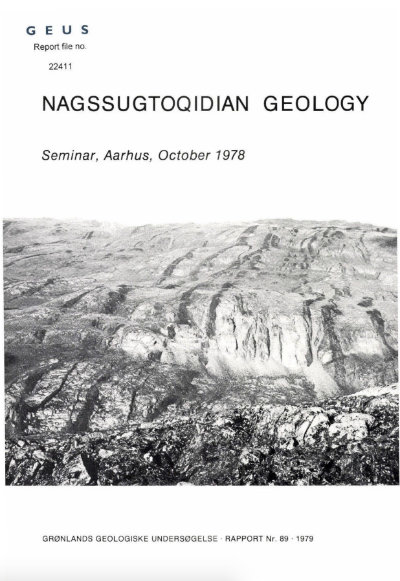Outline of the Nagssugtoqidian mobile belt of East Greenland
DOI:
https://doi.org/10.34194/rapggu.v89.7562Abstract
The Nagssugtoqidian mobile belt is a 240 km wide zone of deformation and plutonic activity which cuts across the Archaean craton of East Greenland. The belt was established 2600 m.y. ago by the formation of vertical E-W shear zones and the syntectonic intrusion of basic dykes. Tectonic activity along the E-W shear zones was followed by the emplacement of tonalitic intrusions, the Blokken gneisses, 2350 m.y. ago in the central parts of the mobile belt. The emplacement of the Blokken gneisses was accompanied and followed by further emplacement of basic dykes. These are synplutonic in the centre of the mobile belt but are emplaced into more rigid crust in the marginal areas of the belt and in the Archaean craton to the north and south. During a second major tectonic and thermal episode circa 1900 m.y. ago, the region was deformed by thrusting from the north. In the southem part of the mobile belt the earlier steep shear zones are cut by shear zones dipping gently northwards in which rocks are downgraded to greenschist facies. The grade of metamorphism increases northwards and shear zones are replaced by open folds with axial surfaces which dip gently northwards. The increasing ductility in the centre of and northem part of the belt is associated with the intrusion of charnockitic plutons and their granulite facies aureoles. Regional uplift occurred before the intrusion of high level post-tectonic plutons of diorite and granite 1550 m.y. ago.
Downloads
Published
Issue
Section
License
This article is distributed under a CC-BY 4.0 licence, permitting free redistribution and reproduction for any purpose, even commercial, provided proper citation of the original work. Author(s) retain copyright over the article contents.


